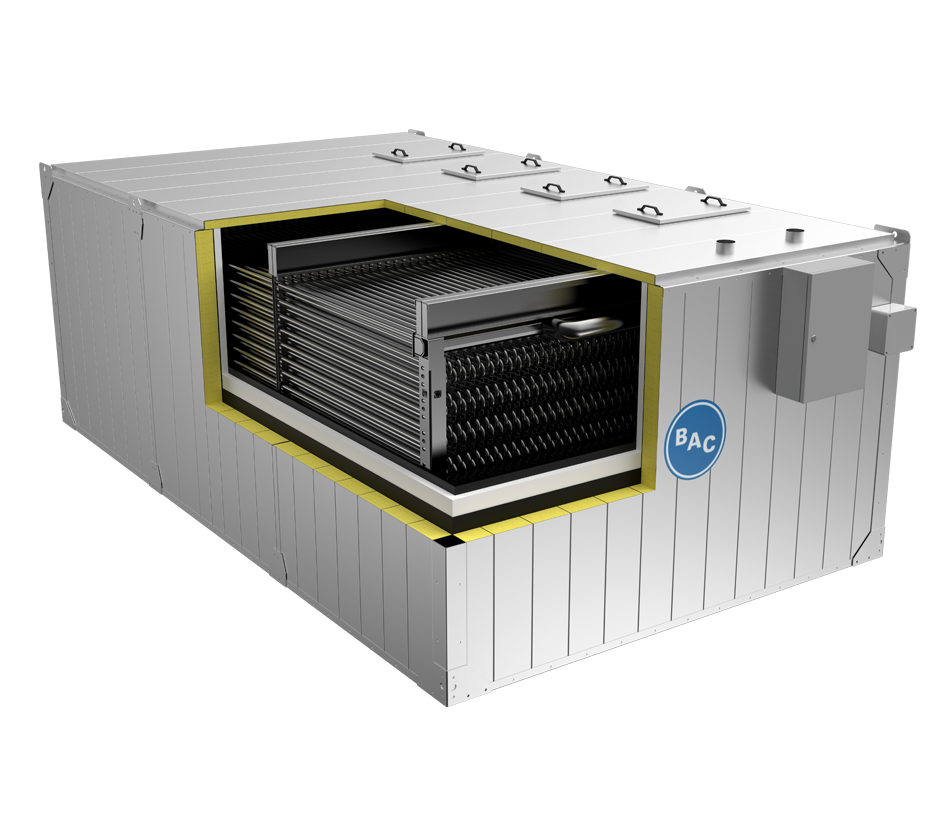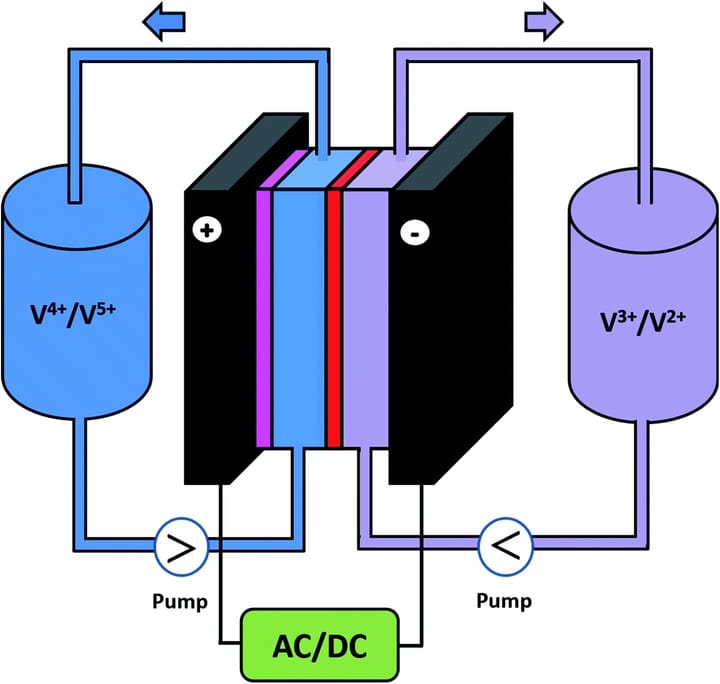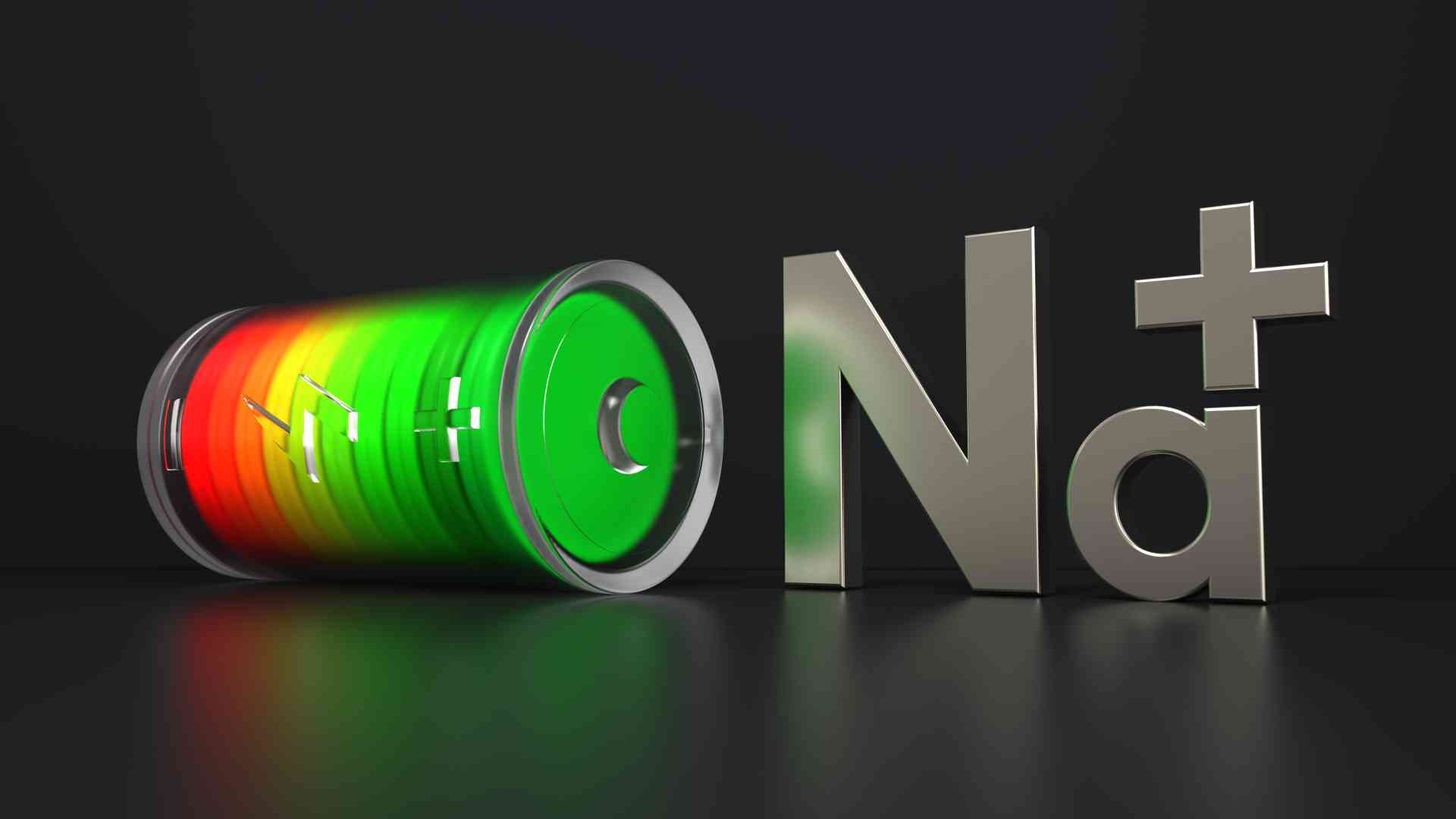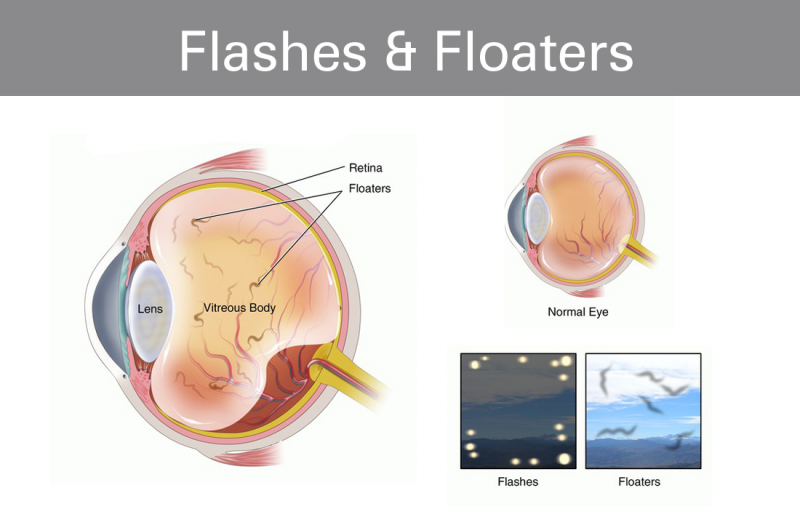Unlocking the Potential of Ice-Based Thermal Energy Storage

As the world continues to grapple with the challenges of climate change and renewable energy integration, innovative solutions are emerging to address these issues. One such solution is the "ice battery," a revolutionary thermal energy storage technology that harnesses the power of ice to store and release energy.
What is an Ice Battery?
An ice battery, also known as an ice-based thermal energy storage system, is a technology that utilizes the thermal energy stored in ice to provide cooling or heating. The system works by charging the ice during off-peak hours, typically at night, and discharging it during peak hours, usually during the day.
How Does it Work?
The ice battery system consists of a tank filled with a phase-change material, typically water or a mixture of water and additives, which freezes and melts at a specific temperature. During the charging process, the system uses electricity to freeze the material, creating a block of ice. This process occurs during off-peak hours when energy demand is low.
During peak hours, when energy demand is high, the ice is melted, releasing the stored thermal energy. This energy is then used to provide cooling or heating, reducing the strain on the electrical grid. The system can be integrated with renewable energy sources, such as solar or wind power, to maximize its efficiency.
Benefits of Ice Batteries
The ice battery technology offers several benefits, including:
- Renewable Energy Integration: Ice batteries can be used to store excess energy generated by renewable sources, reducing the strain on the grid and enabling a higher penetration of renewables.
- Peak Demand Reduction: By shifting energy usage from peak to off-peak hours, ice batteries can reduce peak demand, decreasing the likelihood of power outages and grid congestion.
- Energy Efficiency: Ice batteries can achieve efficiency rates of up to 90%, compared to traditional battery storage systems, which typically have efficiency rates of around 70-80%.
- Cost-Effective: Ice batteries can be more cost-effective than traditional battery storage systems, especially for long-duration energy storage applications.
Real-World Applications
Ice battery technology is being implemented in various industries, including:
- Data Centers: Ice batteries can provide cooling for data centers, reducing energy consumption and increasing efficiency.
- Commercial Buildings: Ice batteries can be used for heating and cooling in commercial buildings, reducing energy costs and peak demand.
- Industrial Processes: Ice batteries can provide process cooling for industries such as food processing, pharmaceuticals, and chemicals.
Conclusion and Future Directions
In conclusion, ice battery technology has the potential to revolutionize the way we store and use energy. Its ability to integrate with renewable energy sources, reduce peak demand, and increase energy efficiency makes it an attractive solution for a sustainable future. As the technology continues to evolve, we can expect to see wider adoption and innovative applications across various industries.












Comments ()